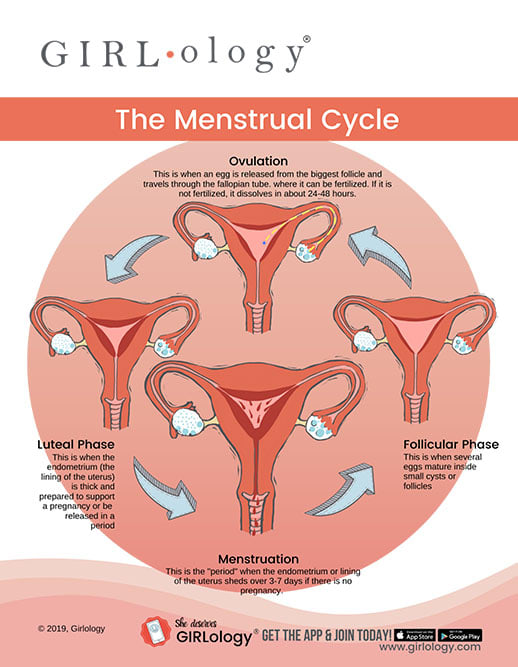
Puberty is a transformative period when the body transitions from childhood to adulthood. It’s natural for thoughts and conversations about sex and reproduction to arise during this stage. This guide aims to provide clear and comprehensive information on these topics to alleviate confusion and foster understanding.
Reproductive Anatomy
Let’s start by exploring sexual and reproductive anatomy. These body parts are traditionally categorized as male or female, but it’s essential to recognize that anatomy varies among individuals and doesn’t always align with one’s gender identity.
Male Anatomy
External Anatomy:
Penis: The primary male sexual organ, which becomes erect when aroused. The average erect penis measures 5-7 inches, but sizes vary.
Glans: The sensitive head of the penis, housing the urethral opening for urine and semen.
Shaft: The elongated portion connecting the glans to the body.
Foreskin: A retractable skin covering the glans in uncircumcised individuals.
Frenulum: A V-shaped band of tissue under the glans, often highly sensitive.
Scrotum: The pouch of skin holding the testicles, sensitive to touch.
Anus: The opening to the rectum, which can also be a site of sexual stimulation.
Internal Anatomy:
Testicles: Glands producing sperm and hormones.
Epididymis: Tubes where sperm matures before traveling through the vas deferens.
Vas deferens: Tubes carrying sperm to the seminal vesicles during ejaculation.
Seminal Vesicles & Prostate Gland: Produce seminal fluid to aid sperm mobility.
Cowper’s Glands: Release pre-ejaculate fluid.
Urethra: A tube for urine, pre-ejaculate, and semen to exit the body.
Female Anatomy
External Anatomy:
Mons Pubis: Cushioned area above the vulva covered in pubic hair.
Labia: Outer (labia majora) and inner (labia minora) folds of skin surrounding the vaginal opening.
Clitoris: A sensitive organ primarily responsible for sexual pleasure.
Urethral Opening: Where urine exits the body.
Vaginal Opening: Entry for menstrual products, sexual penetration, and the birth canal.
Internal Anatomy:
Vagina: A muscular tube facilitating menstruation, childbirth, and sexual intercourse.
Cervix: A small opening connecting the vagina to the uterus.
Uterus: The organ where a fertilized egg implants and grows during pregnancy.
Fallopian Tubes: Pathways for eggs traveling from the ovaries to the uterus.
Ovaries: Organs storing eggs and producing reproductive hormones.
How Pregnancy Occurs
Pregnancy begins when sperm fertilizes an egg during ovulation. Sperm travels through the vagina, cervix, and uterus to reach the fallopian tube, where fertilization occurs. The fertilized egg then implants in the uterus, initiating pregnancy.
Preventing Pregnancy:
Barrier Methods: Such as condoms, block sperm from reaching the egg.
Hormonal Birth Control: Prevents ovulation or fertilization.
It’s important to note that pregnancy can result from pre-ejaculate fluid as well as ejaculation. However, pregnancy cannot occur through oral or anal sex.
The Menstrual Cycle
The menstrual cycle prepares the body for potential pregnancy. Each month, an ovary releases an egg, and the uterine lining thickens. If fertilization doesn’t occur, the lining sheds as menstrual blood.
Key Facts:
First periods typically occur between ages 10-16.
The average cycle lasts 28 days, but ranges from 21-35 days.
Common symptoms include PMS (bloating, mood swings) and cramps, which can be alleviated with over-the-counter pain relief, exercise, or heat therapy.
Menstrual Products:
Pads, tampons, period underwear, and menstrual cups are popular options.
If your period is unusually heavy or painful, consult a doctor for evaluation.
Sex, Gender, and Sexual Orientation
It’s crucial to distinguish between sex, gender identity, and sexual orientation:
Sex: Assigned at birth based on external anatomy.
Gender Identity: One’s internal sense of being male, female, both, or neither.
Cisgender: Gender identity matches assigned sex.
Transgender: Gender identity differs from assigned sex.
Sexual Orientation: Describes romantic or sexual attraction (e.g., straight, gay, bisexual).
Understanding these concepts promotes inclusivity and respect for diversity.
